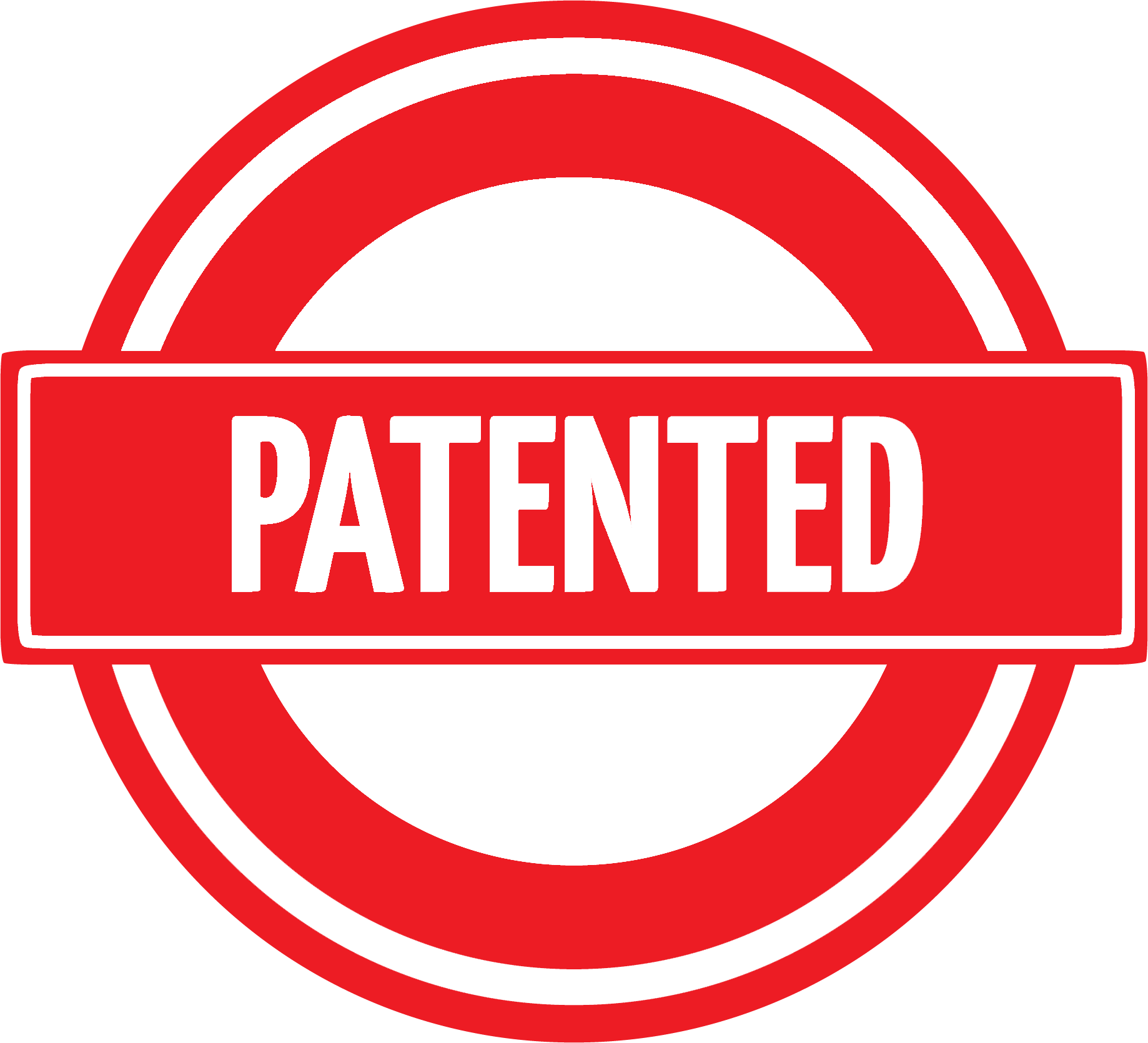Big companies face increasing pressure from lesser vendors as patents expire. How will they survive?
The issue must be one of the biggest ever faced by the 3D printing giants, Stratasys and 3D Systems. The two companies essentially invented the industry almost 30 years ago when the plastic extrusion FDM and laser-fused resin SLA processes were developed.
These processes were protected by patents for decades, but in the past five years they have begun to expire.
Once a patent expires, anyone is free to use the invention for their own purposes, and that’s precisely what’s happened. Vastly less expensive gear began to emerge in 2009, initially using FDM-like processes (although not exactly “FDM”, since that term is trademarked by Stratasys). More recently we’ve seen inexpensive SLA-style machines emerge, such as the Form 1 or even now 3D printers using the SLS (Selective Laser Sintering) process.
While the initial patents have expired, other subsequent patents are still in force. For example, while the patent for the core process of FDM may have expired, other related patents might involve methods of making a print stick properly to a print plate, or how the filament may be reliably delivered to the extruder. Inexpensive machines cannot use any process that’s still protected by patent.
These inexpensive machines are certainly not as “good” as the long-evolved commercial machines. They often have fewer features and sometimes less quality output. They may be less reliable or harder to operate. But there’s one thing that’s very different.
Their cost.
These new expired-patent-using printers are significantly less expensive than commercial machines, both in terms of acquisition cost and materials cost.
Here’s the question we’re wondering about: What happens if these inexpensive machines are “just good enough” for most clients? How much business will be drawn away from the big vendors?
If significant business isn’t being drawn away now, it may increase in the future as the lower priced machines gain capabilities. Even more troubling for the big guys could be the continual expirations of subsequent patents, each enabling growing capabilities for their lesser-priced competition.
One way for them to keep ahead would be to invent new 3D printing processes that can be patented. Of course, a short cut would be to purchase smaller companies that own collections of unexpired and useful 3D print-related patents. That has been observed – consider the case of Stratasys acquiring Objet, whose technology is still protected by patent.
With the recent release of numerous inexpensive 3D printers, a game of leapfrog has commenced. Those companies holding expired patents must now strongly innovate if they hope to maintain a long term advantage in the rapidly growing 3D printing market.
This can only be good for all users of 3D printing.


